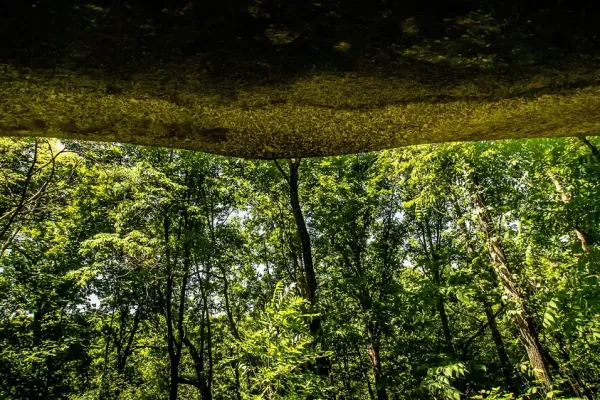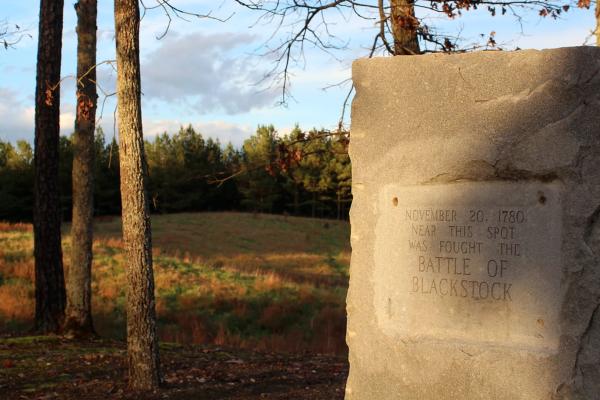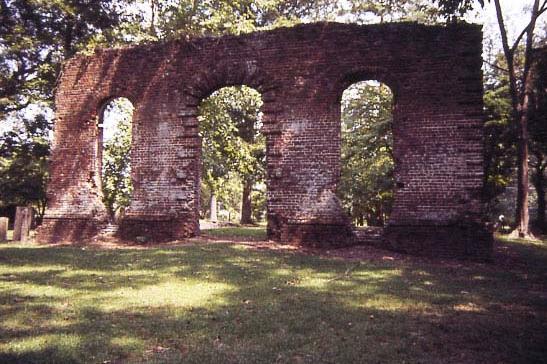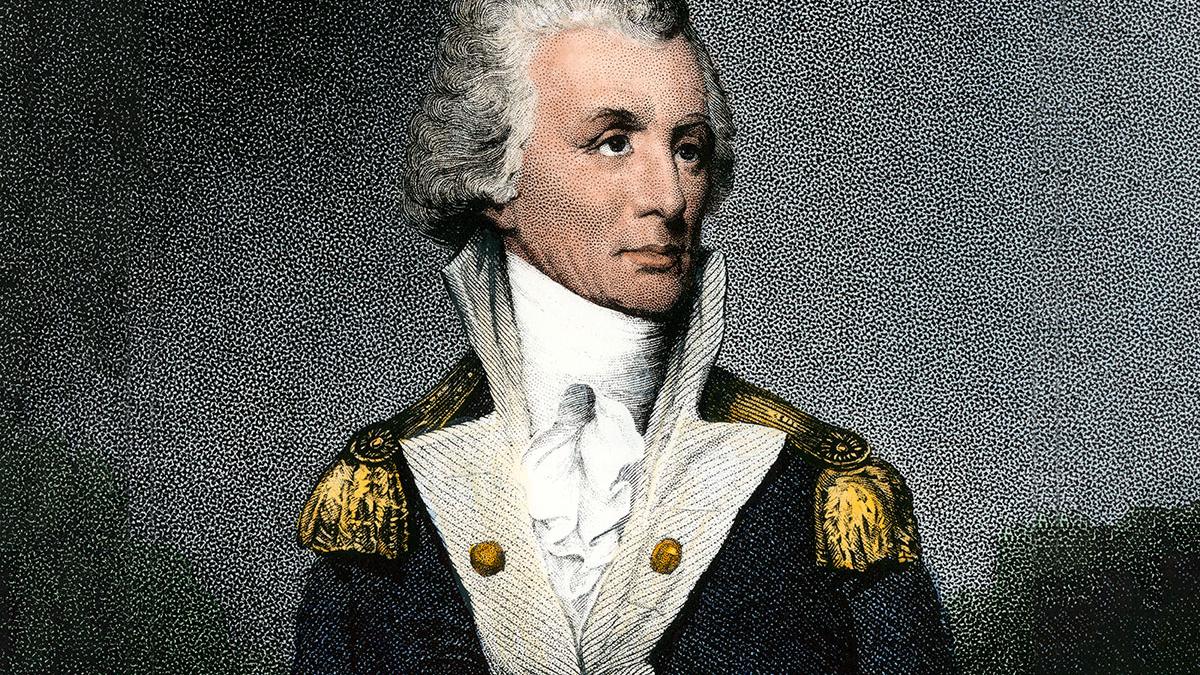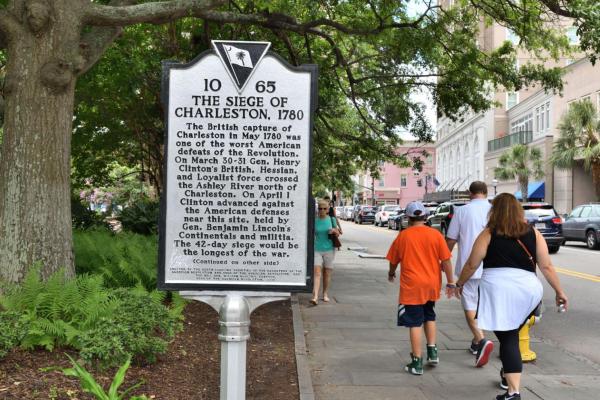Born in Virginia in 1734, Thomas Sumter spent much of his life as a soldier. He served as an officer in the Virginia militia during the French and Indian War and in conflicts against the Cherokee on the frontier. In 1762, he accompanied the Cherokee leader Ostenaco to London, where the chief had an audience with King George III. In the years before the American Revolution, Sumter spent time in debtors’ prison, moved to South Carolina, and established a successful plantation. During the Revolutionary War, Sumter became a prominent commander in the South Carolina militia. In 1776, Sumter, at the head of the 2nd Regiment of Riflemen watch at Charleston during the Battle of Sullivan’s Island but did not participate in the action. A lack of activity eventually prompted him to resign his commission and return home. When Lt. Col. Banastre Tarleton’s raiders burned his home, however, he organized a band of partisans to harass the British and their Tory allies. General Charles Lord Cornwallis considered Sumter such an annoyance that he called him one of his “great plagues.” After the war, Sumter was elected to the United States Congress, first serving in the House of Representatives from 1791 to 1801. He then represented South Carolina in the Senate from 1801 to 1810. Fort Sumter, for which construction was begun in 1829, was named in his honor. Thomas Sumter died in 1832 at the age of 97.
Follow Their Journey
